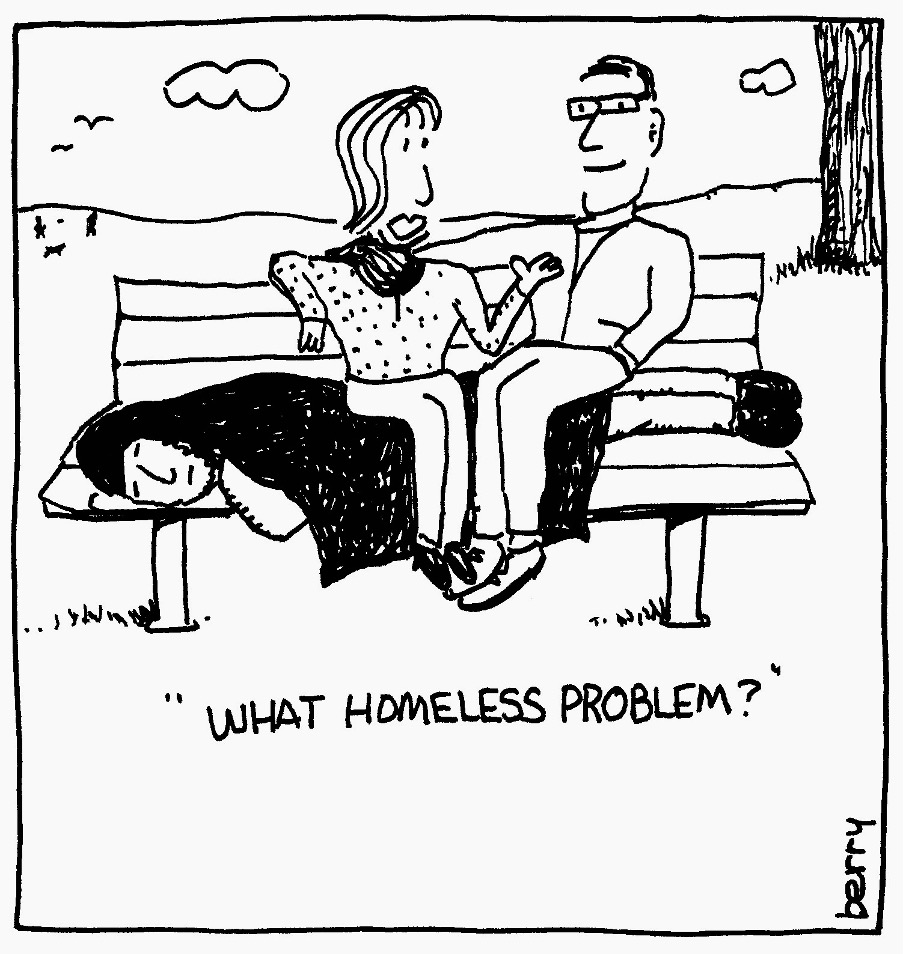Older women, invisible women: Counting older women in homelessness and substance use data

By April Shaw
You can hardly open a newspaper these days without some media personality describing her perimenopausal symptoms. I appreciate it must be irritating for a large proportion of the population who don’t have (and won’t have) this unique bodily experience. My interest though isn’t in the women who already have a platform to raise their voices; my interest is in the women who don’t. Why is this important? Well, Caroline Criado Perez has written about a data gender gap. Women made invisible by their absence from a range of economic, health and social statistics. In relation to homelessness and substance use, we can not only see a gender gap, we can also see an age gap – with mid-life and older women all but invisible in the data. If we consider Scotland’s drug treatment data, over 40s account for 37% of all people in treatment. However, there’s no data that tells us how many or what proportion are women aged 40-plus. Prevalence of problem drug use data estimates there may be as many as 10,214 women in Scotland experiencing ‘problem drug use’ aged between 35 and 64 but the true figure remains unknown. These estimates and missing numbers are interesting because if women are barely visible in official data then their needs are subsumed within a system of treatment modalities that don’t take account of their experiences. Rolin writes of ‘hermeneutical injustice’ wherein one’s social experience is obscured from collective understanding (Rolin, 2009: p221). The omission of mid-life and older women’s prevalence figures in official statistics puts them at a disadvantage when it comes to making sense of their experiences and designing services to meet their health, housing, economic and social needs.
The precarious nature of the UK economy has made women’s economic position increasingly vulnerable. As we move through the third decade of the 21st century, women’s economic and social positioning is more unstable. For those that are older, lower and stagnating wages combined with precarious employment (for some in work), pensioner poverty (for some retired), and insecure housing tenure makes daily living for some of our more mature women increasingly challenging. Anecdotally, rates of homelessness among mid-life and older women in the UK is said to be increasing but the data isn’t being collected that could provide sure-fire evidence. A recent report suggests intersecting errors in counting women are centred around spatial, methodological and administrative errors. Furthermore, women who are counted (but not necessarily accurately) tend to be younger and with children. Older women tend to fall into what might be termed the ‘hidden homeless’. We need to know who is without a roof, who is rough sleeping, who is without secure accommodation. The UK has an unacceptably growing number of people without safe, affordable, secure housing. Counting older people and ensuring older women are included as a category in their own right is vitally important.
Housing and health are inextricably linked. Homelessness or unstable housing is associated with poor mental and physical health, trauma, substance use problems and higher mortality rates. Conversely, unmanageable substance use can lead to homelessness and precarious housing situations. Combine the two and people’s opportunities to live a relatively healthy and productive life into older age are diminished. We need to know the proportion of older men and women requiring treatment for substance use and those needing support to find and maintain secure housing. Ageing brings its own biologically sex-based health challenges which differ significantly between genders. Access to good healthcare and housing is a fundamental human right for all citizens. Making sure we count older women (and men) in substance use and homelessness data sets is key to making sure we make visible those who are invisible, that we hear from those who are silent.
Reference: Rolin, K. (2009). Standpoint theory as a methodology for the study of power relations. Hypatia, 24(4), 218-226.





